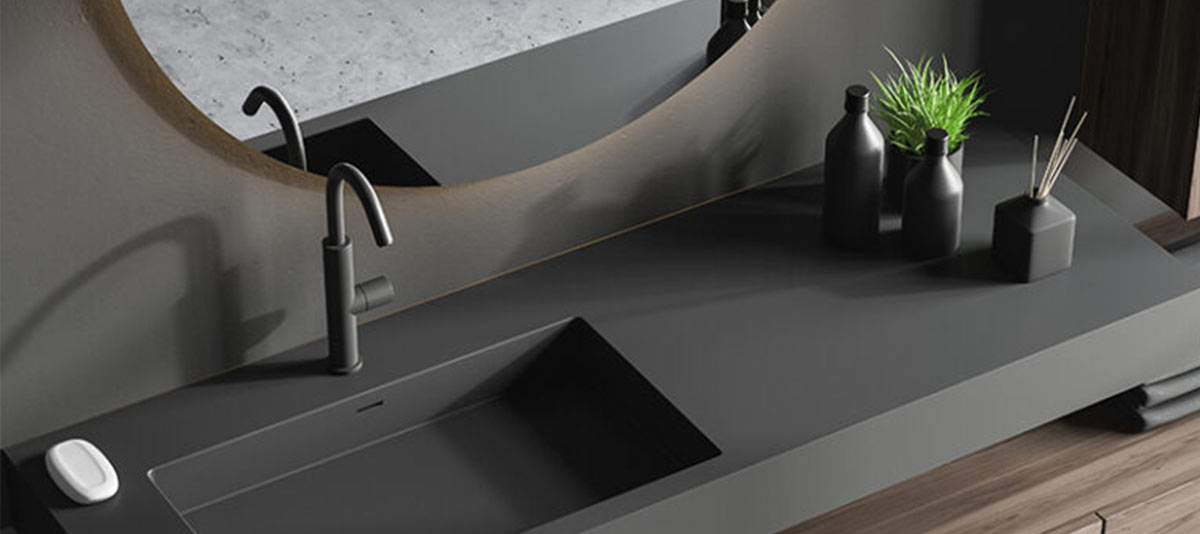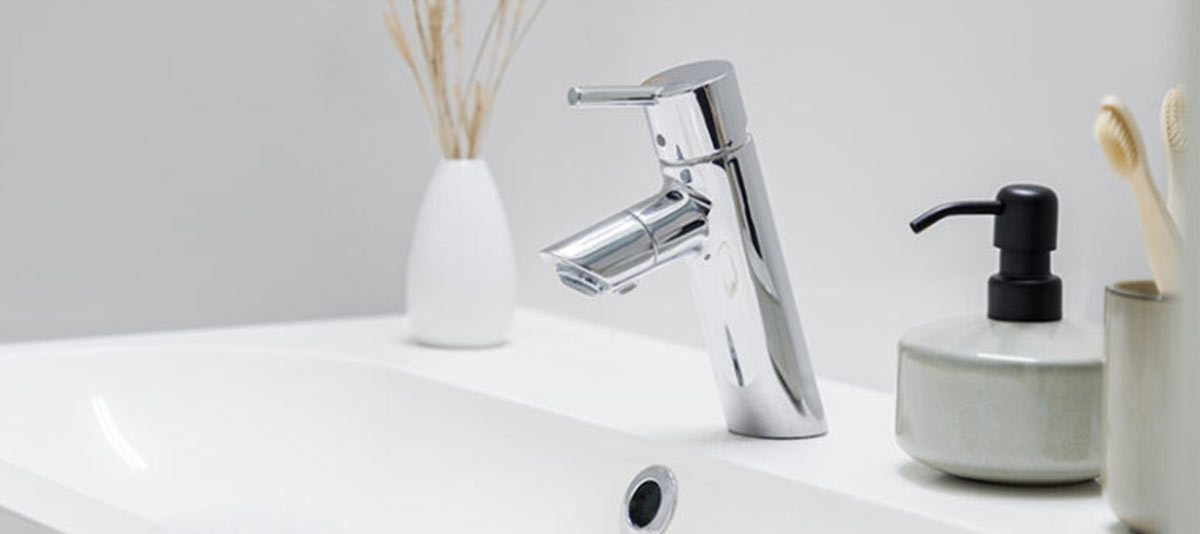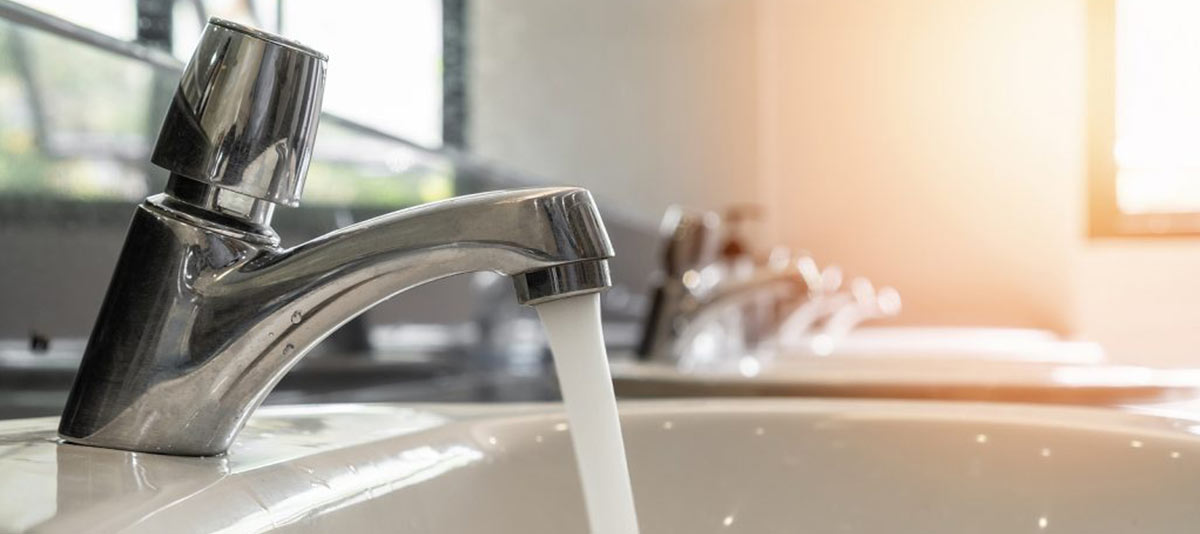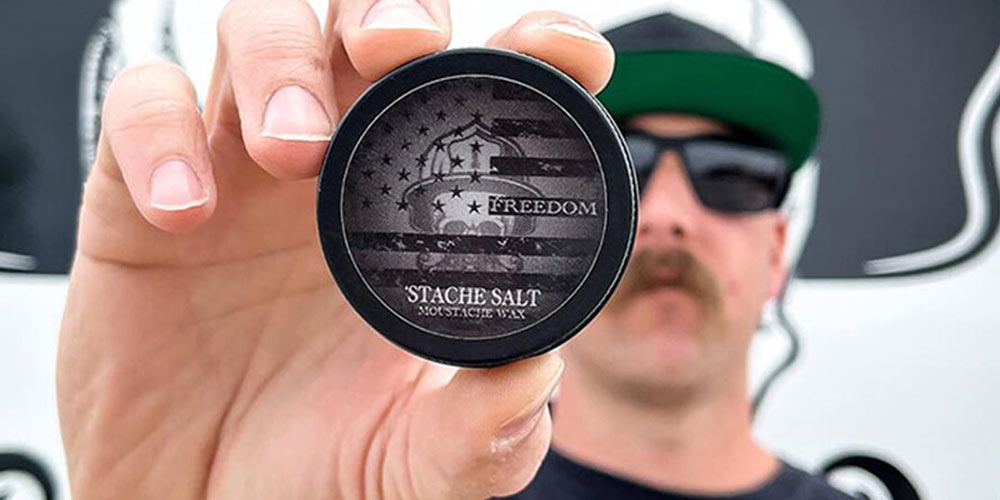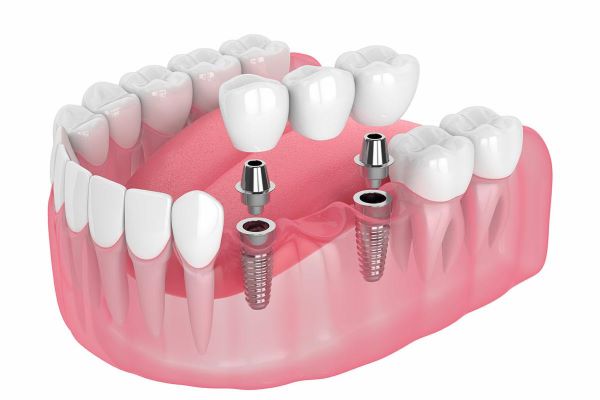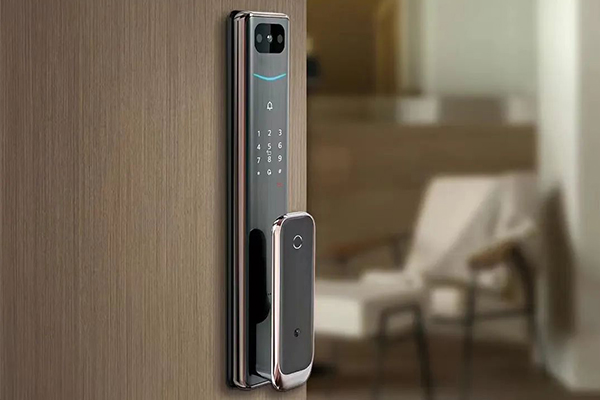1. Basic functions of the faucet
What’s in the faucet? Almost every faucet has three basic elements: the control, the spout, and the sprayer.
1) Control
Whether it’s two handles or a lever, the faucet controls start to water, switch between hot and cold, and mix two temperatures. Controls can even be hands-free or touch-sensitive.
2) Nozzle and body
The spout and body of the faucet determine the appearance and function of the faucet. Spouts can be low and out of the way, or long-necked and high-arched to better accommodate colanders and cauldrons.
Popular finishes such as chrome, nickel, and stainless steel complete the look.
3) Spraying machine
Features once considered extras, like sprayers, are now commonplace on more modern faucets. Invaluable for filling large pots and cleaning dishes, sprayers are sometimes integrated into the spout (pull down or pull out) or set aside, on a sink apron or countertop.

2. Counterbore configuration
The sink’s pre-drilled holes—the number and configuration—are an important factor when choosing a faucet.
Always consider the number of holes on your sink and their configuration. If you are replacing the faucet and keeping the existing sink, the configuration must match. However, if you’re planning to replace your sink, don’t worry, as you can purchase a new basin to match the configuration of your faucet.
TIP: Since the deck may cover the hole configuration of the sink, look under the sink cabinet to count the holes.
1) without holes
Counter-mount or wall-mount sink faucets are suitable for sinks that do not have pre-drilled holes.
Counter builders drill holes in countertops and builders drill holes in backsplashes.
2) a hole
All the hoses for the one-hole sink come from below, in one bundle. Faucets for this type of sink have controls on the body of the faucet.
3) Two holes
Two-hole sinks have a main sink faucet assembly that receives water through one hole. The second hole can be inserted into a sink sprayer or soap dispenser.
Tip: If you have a two-hole sink and don’t need the second hole, it can be easily covered with an inexpensive round plastic dish that is mixed with the sink material.
4) Three holes
Three-hole sinks are common because they allow users the flexibility to add two handles and a faucet without using countertops to cover up unwanted holes. However, almost every “single-hole faucet” includes a deck plate to cover the two extra holes, if you prefer the style and currently have a three-hole sink.
5) Four holes
Four-hole sinks are also common because the sink sprayer can be placed on the side rather than co-located with the other sink controls.
3. Types of faucets
In addition, to sink type and sink configuration, it’s important to consider how the faucet will be installed, the number of handles required, and the type of sprayer you prefer.
1) Desk-mounted, table-mounted, or wall-mounted faucets
Deck Mount
The deck-mounted faucet is contained on an integrated faucet bracket. Tight control. But the cluster design can make cleanup more difficult.
Uninstall
Counter-mounted faucets move the faucet over the sink backsplash, tucking it back onto the countertop behind the sink.
This frees up more sinks. Deck-mounted faucets cost more overall and require additional countertop fabrication expenses.
Wall-mounted faucet
A wall-mounted faucet behind the sink gives the kitchen a chef-centric professional feel and frees up the sink and counter.
However, these faucets often cost up to 30% more than other fixtures and require professional installation. Also, most wall-mounted faucets do not include sprayers. The sprayer needs to be mounted on the countertop.
2) Single or double-handle faucets
Click
Single-lever faucets have a control, usually a lever, that can be tilted to mix hot and cold water. The single handle is perfect when you need to quickly turn on the faucet effortlessly.
While sleek and modern, single-lever faucets can slow you down as you try to reach your ideal temperature.
Double handle faucet
The double-handle tap is simple and classic. This faucet rarely fails because it has no mixing cartridge.
However, the controls are spread out and take up more sink apron or countertop space than a single-handle unit.
3) Pull down, pull out, or side spray
pull down sprayer
The Pull Down Faucet Sprayer converts from an arched fixed nozzle to a hose sprayer simply by pulling down on the nozzle tip.
Pull-down sprayers are great for filling large plant pots and are best for large farmhouse sinks. But sometimes, the sprayer won’t retract fully when the counterweight gets stuck on an obstacle under the sink.
pull-out sprayer
A pull-out faucet sprayer is similar to a pull-down faucet, except that the sprayer is pulled directly forward toward the user.
Pull-out faucet sprayers have a lower profile, which means they are less prominent on the sink. They also have a long hose that reaches all areas of the basin. But they don’t do well in large pots, and they often don’t retract like drop-down models.
side spray
The side spray fits into a drilled hole in the faucet base, sink backsplash, or countertop.
Side sprayers are flexible. But they do take up extra countertops, sink aprons, or mounting plate space.
4. Types of faucet finishes
Professional faucet manufacturers can provide faucets with a variety of finishes. Brushed metals like stainless steel, bronze and nickel or matt black hide fingerprints. Chrome and gold are prone to fingerprints, but rub off easily.
- Stainless Steel: Timeless matte stainless steel gives the faucet a soft brushed metal look.
- Nickel: Nickel finishes are slightly less lustrous than stainless steel and have a warm, neutral tone that complements other colors in the kitchen.
- Chrome Plating: Chrome-plated faucets are highly reflective and have a smooth mirror-like appearance.
- Bronze: Bronze has a traditional oil-rubbed look and works well with off-white, gray and tan paint colors.
- Black: Black is a universal color that goes with almost anything, so a matte black finish faucet can complement all types of kitchen layouts and decors.
- Gold: Gold finishes are in fashion again. They come with warmer undertones, a departure from the glitzy golds of decades past.
5. Faucets Cost by Type
| type cost | cost |
| Pull down the tap: | $60 – $1,100 |
| Pull-out faucet: | $55 – $800 |
| Single faucet: | $25 – $800 |
| Dual handles: | $22 – $800 |
6. Precautions for installation of faucet
Do you install the faucet yourself or have a contractor or plumber do it for you?
If you’re looking to DIY, it’s good to know that snap-on hose connections and easy-to-install faucet brackets are now standard on many models. For these faucets, most fittings are installed by hand and installation takes about 30 minutes.
A plumber or contractor can also help install the faucet, especially if it is necessary to run the water supply line from the home water system to the sink area.

